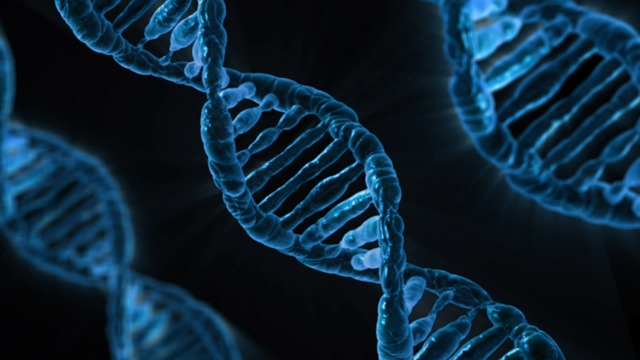US: Misleading forensic evidence blamed for wrongful convictions

Misleading forensic evidence is one of the most significant factors leading to wrongful convictions in the United States, according to a recent report.
The National Registry of Exonerations reported that more than 150 prisoners in the US were exonerated last year.
The most significant factor leading to the convictions was official misconduct, but misleading forensic evidence – with experts using exaggerated statistics to back up unscientific claims – was another prominent factor.
Some scientists used made-up odds like “one in a million” or “one in 129,600” in their courtroom evidence, the registry said.
Professor Barbara O’Brien of Michigan State University College of Law, author of the report, said: “A lot of the problem with forensic testimony is that the diagnosticity is overstated.”
She said tenuous evidence “gets dressed up with this scientific certainty that isn’t justified”.
Three cases explored in the report, involving the fields of microscopic hair comparison, bite marks matching and touch DNA amplification, have been explored in greater detail by New York Times science reporter Heather Murphy.




